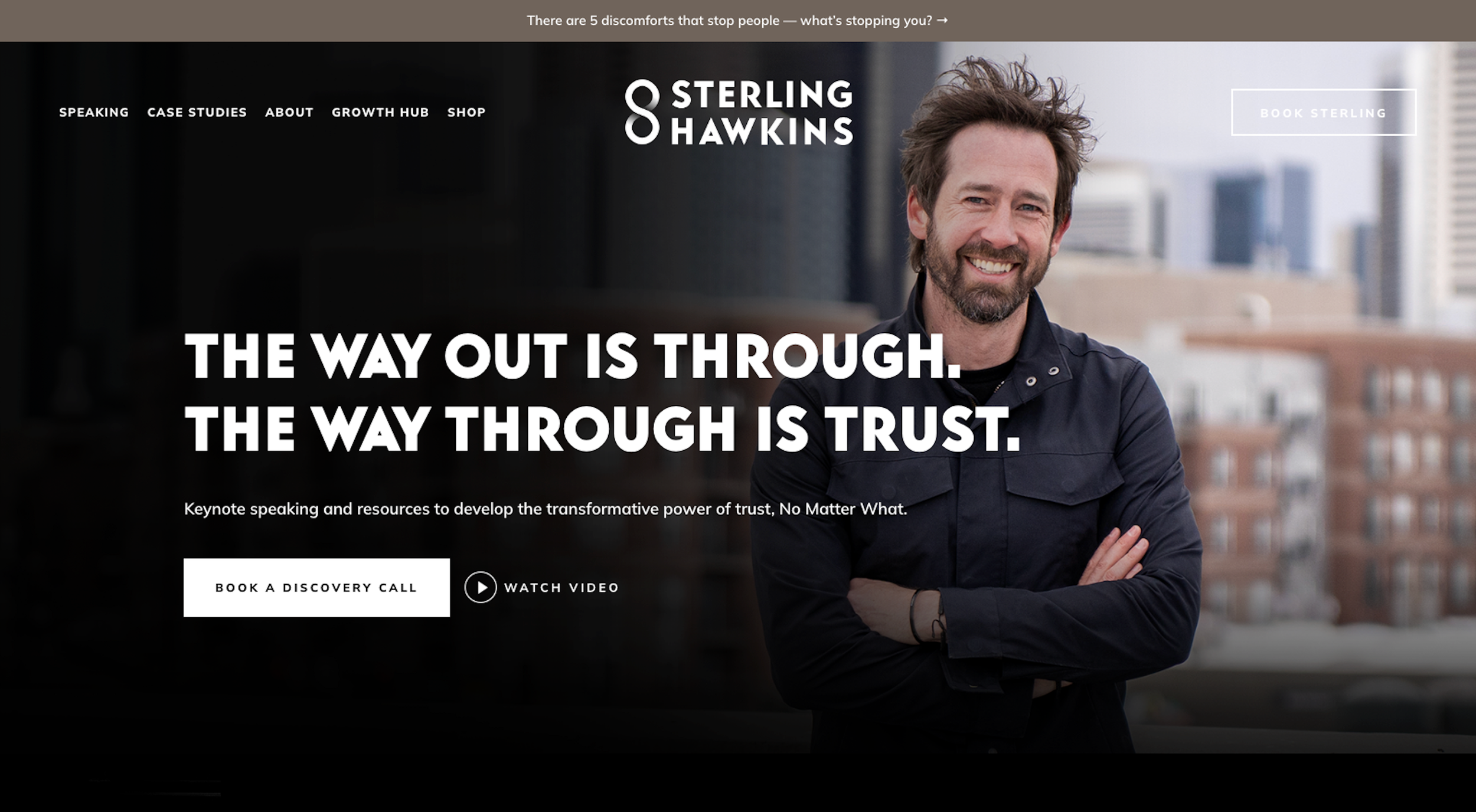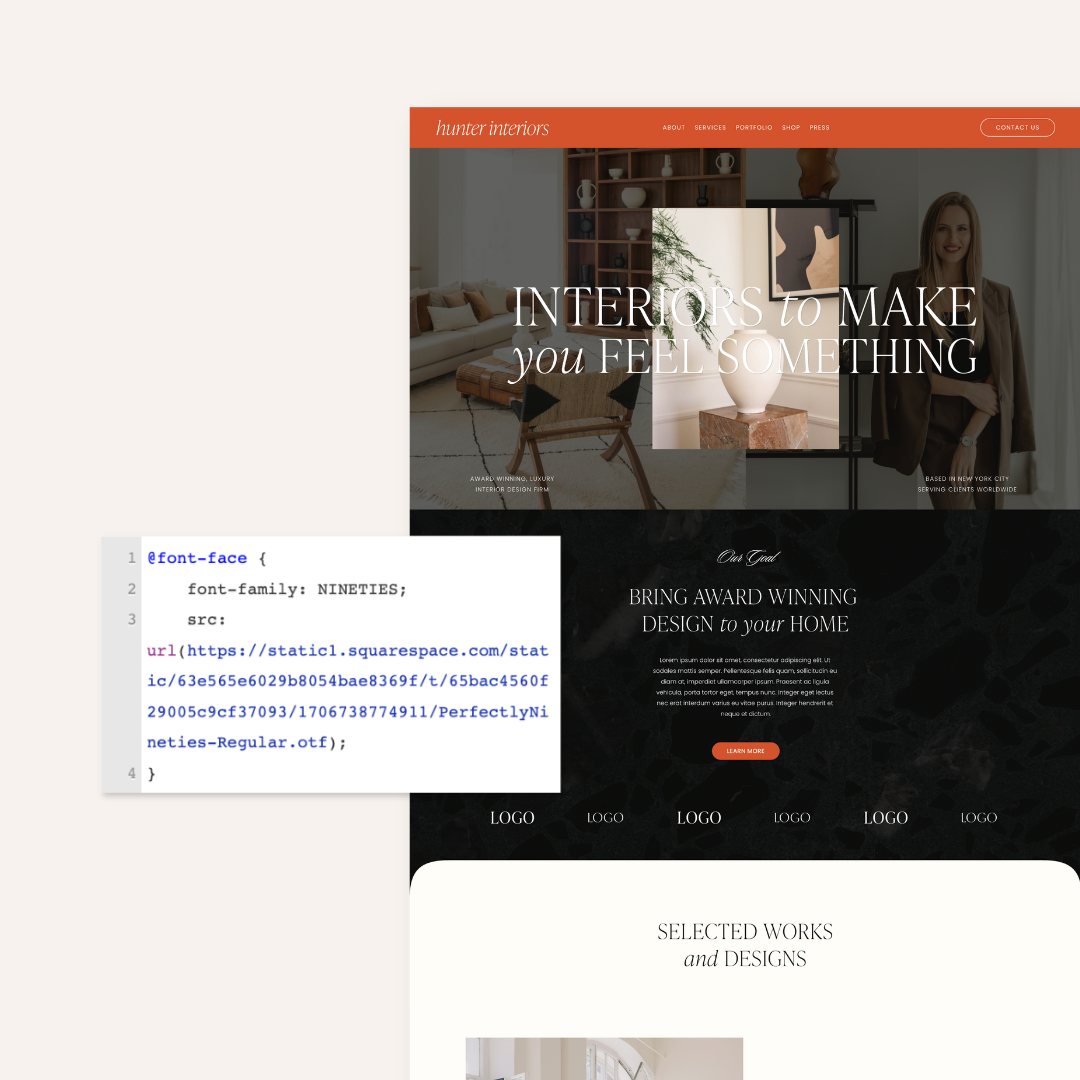5 Tips For Effective Client Communication
When you’re communicating with clients, you probably want to sound friendly and helpful, but also authoritative and professional too – which honestly can feel like an oxymoron or like chasing a unicorn. Why wasn’t there a class in high school that taught us how to do our taxes, start a business, or write firm emails?! After more than 10 years as a service-based business providing website design services to our clients, we’re dishing out our favorite tips for effective client communication that will have your clients thinking you’re a total boss behind your keyboard.
Ultimately, what we’ve learned is that having a successful service-based business is more than just being good at the service you’re offering. You can be amazing at what you do, or the end product could be the very best in the world, but if your overall experience isn’t good for your client, you could be hurting your business in the long run.
When you have great client communication throughout your client’s journey with you, you’re more like to…
Have a better end product because the communication from beginning to end aids the project’s success.
Get more word of mouth referrals from past clients because they enjoyed working with you so much.
Have clients give you a shout out on social media, or their blog, or in their email newsletter because, again, the experience left them feeling so good about your business.
Receive raving testimonials that include more than “she did the job I paid her to do.”
Get repeat clients who come back again and again.
When you don’t have great client communication, not only can you lose out on all of those things above, but losing those things will also cause you to lose out on business.
Really, the experience for the client is key to a successful project, and, the most important component to a great client experience is managing the client’s expectations. That is accomplished through effective client communication.
5 Tips For Better Client Communication & Manage Expectations
1. Create Established & Communicated “Office Hours”
One complaint we hear often when we’re coaching business owners is that they have clients who are trying to chase them down for communication when they want to be “off” — like through the weekend, late at night, or wild hours in the morning. When this happens, it can feel like your clients are running YOU instead of YOU running the business and guiding them through the process.
Ultimately, it’s your responsibility to establish how you want to live and work, and how you want your customers and clients to interact with you. Once you make that decision, then it’s up to you to communicate that and over-communicate that to your potential clients and existing clients.
For example, if you are currently sending emails at 10pm at night, then you’re training your clients to expect emails from you at 10pm at night. So when they email you late at night and you don’t respond that one night, they might get upset.
If you need a place to start, we recommend keeping standard office hours: Monday through Friday from 9am - 5pm. You can check your emails a couple times per day within that time period and respond promptly within that time window.
If you want to work during “off hours” but still keep your client communication in line, we recommend you schedule your emails to send during office hours! You can do this with Gmail, but other email providers have this option too.
Here’s a few spots you may want to consider to communicate your office hours and communication expectations:
Talk about it in your first call with a potential client. You can present it in a positive way by saying something like: “Throughout the process, feel free to reach out to me at anytime and I will reply at my earliest opportunity, during the weekdays from 9am-5pm.”
Add it into your contract so that you have it in writing.
Mention it again in your client onboarding communication once they’ve booked to work with you.
Have it in your email signature.
2. Respond Quickly & Always Over-Communicate
With your office hours defined, you want to make sure that you respond quickly within the time frame that you communicate. Responding quickly is a HUGE value of our teams, because our clients are paying thousands of dollars, and with that level of investment you want to make yourself available for their questions as they pop up.
They are paying to have access to you. So responding quickly lets them know that they are important, they are a high-priority to you, and that you want them and their brand & business to be successful.
An example of over-communication in our business would be how we handle questions from clients. If we need more time to get them an answer, we respond to them ASAP and let them know that we received their message, and that we need some time to answer their question. While we’re doing the behind-the-scenes work (talking to our team, running some numbers, researching, etc.), we let them know when they can expect an answer from us. This may feel likes it’s not necessary, but attentiveness to the client goes a long way.
Don’t be afraid to repeat things to your client! We promise you, it’s NOT overkill. People need to hear things several times in order for it to sink in.
Your clients are busy launching or relaunching a business. They are bombarded with information, so it’s helpful to have everything repeated. Sending your information in various forms (email, video, phone calls) isn’t overkill, it’s over-communication, and that can be a good thing!
3. Use A Friendly, Warm & Professional Tone
Tone is very important in client communication. Have you ever heard the phrase “it’s not what you say, it’s how you say it”? Generally speaking, you want to have a warm, friendly, and excited tone. Not overly giddy or eager, but genuinely excited for them! We encourage you to over-communicate, but being overly excited can come off as insincere.
This is a big step in your client’s business and life, so showing real excitement for them tells them that you’re truly invested in their success. Business owners know when people are invested in their vision, mission and goals that there will most likely be relational synergy. We do our best work when we’re invested in a project or business, and that can give the client confidence about their choice to work with you.
4. Lead The Process With Authority
Once you have your systems and processes in place, lead and guide the client through the process with authority.
We hear from a lot of business owners that they feel run over by their clients, and most of the time that’s because the business owners are not leading their clients. When the client feels like the agency doesn’t know what they’re doing, they’ll naturally step up and begin leading. When that happens, you’ll lose positive momentum and the client will lose trust in you.
Your clients want to be lead and they want to follow your systems. When you’re the leader it reassures them that you know what you’re doing, and it gives them confidence that they will receive similar results as your past clients.
One of our goals as a team is to never have a potential client or an existing client say the following:
“Let me know what the next steps are.”
“Just emailing to find out what I need to do next.”
“Let me know what you need from me.”
“So, where do we go from here?”
We always want to be leading and guiding next steps.
5. Keep All Communication Benefits-Focused
One of the benefits of running your own business is structuring it to match your lifestyle, which means defining your terms like what types of projects you take on, how you want to work, who you want to work with
The challenge is communicating those things without making it sound like it’s all about you. In reality it’s all about your client, but you need to have boundaries too.
One way to stick within your project scope and timeline is to communicate your boundaries in a positive way.
Here is an example: Instead of saying “I’m sorry, our free consultation calls have a 20 minute time limit”, you can shift the focus to say “the consultation calls are just a brief overview to gain clarity about your goals for your brand, so the call will only take about 20 minutes of your time. After our call, we can discuss the best next steps for you.”
In this example, the 20-minute boundary was emphasized but the focus was on the benefit of the client, rather than our boundaries and rules.
The Wrap Up
Having a successful service-based business is more than just being good at the service you’re offering. Effective client communication is key for managing expectations (on both sides) and having a successful working relationship.







